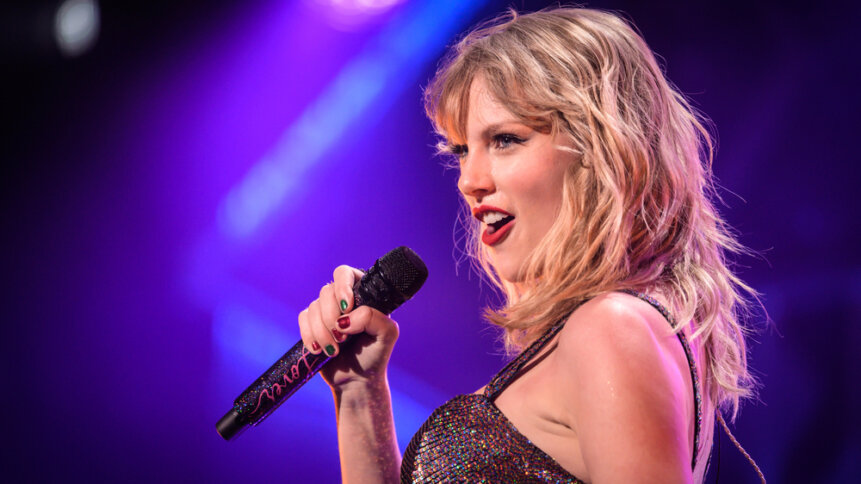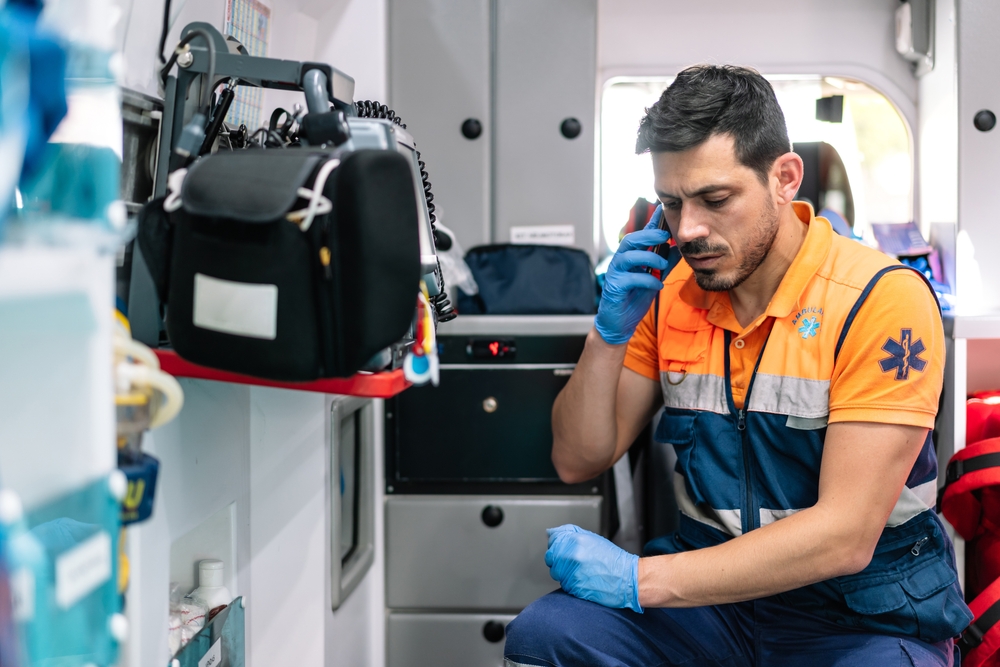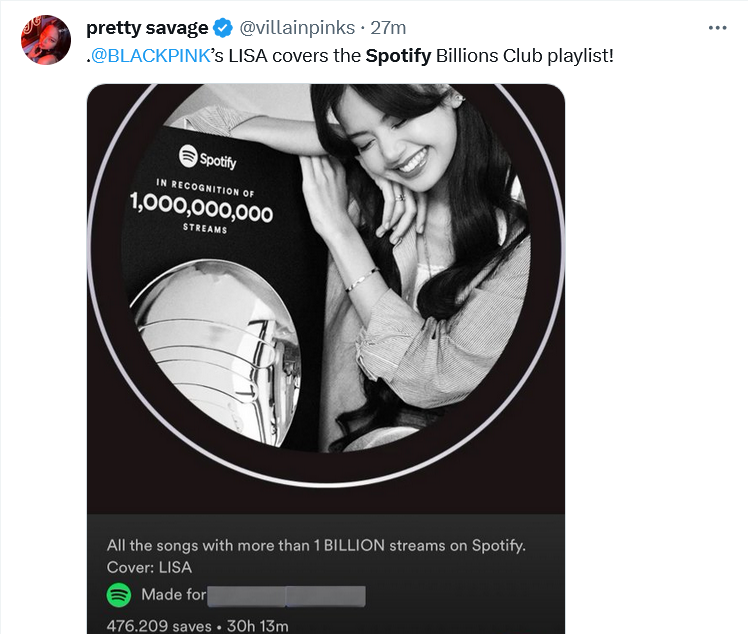How to bring streaming, business telephony and environmental sustainability together

• Entertainment streaming and environmental sustainability are like oil and water.
• Business communication can be improved without increasing the burden on a firm’s eco-footprint.
• There’s a material advantage to streaming platforms ditching data centers full of high-quality audio files.
In Part 1 of this article, we spoke to Rob Reng, CTO of IRIS Audio, an AI audio startup which aims to deliver clearer audio in call center settings without the carbon burn that transmitting high-quality audio currently entails. He explained the ecological impact of our 21st century streaming culture and our post-pandemic use of video conferencing software to keep businesses – and the remote and hybrid working culture – alive, in spite of their impact in terms of environmental sustainability.
In Part 2, Rob outlined the philosophy and the beginnings of a technology that could let us eat our audio cake and have it too, without burning the planet to the ground.
As well as vindicating those of us old enough to remember a “download once, play forever” techno-paradise, he explained the cleverness behind the IRIS solution, which involves transmitting low-quality (and therefore low cost in terms of environmental sustainability) audio, using AI in situ at the receiver’s end to boost the quality to high, and then distributing the processing cost across lots of devices, saving the environmentally ruinous data center storage and cooling costs.

Every time you stream Nickelback, a tree cries in the forest.
Most of the time, the tech industry does its level best to harden our shell of journalistic skepticism. Every now and then though, we come across a tech solution that takes us back to our cub days of changing the world one blistering sentence at a time, so we indulged ourselves, trying to find out a little more about how AI might help save the planet from its latest Taylor Swift-flavored eco-disaster.
The market for audio environmental sustainability.
THQ:
So tell us more about the project you’re working on. How do you sell it? And who do you sell it to?
RR:
As I said, at the moment, we’re focusing on our voice product, IRIS Clarity.
A lot of the use cases for that are in call centers. IRIS Clarity will remove all the noise and all the rubbish you don’t want to listen to. And then, what we’re calling IRIS Super HD will take what you have and make it sound much more pristine and high-quality.
The two of them together give you an exceptionally clear and very high-quality communication, without the eco-impact of transmitting heavy, high-quality audio from place to place.
And while it will sit very well in the world of call centers and sales teams, it’s not just a product for those worlds. We also do a lot of work in motorsports and emergency communications and all these types of situations that use analog radio, where the signal is routinely absolutely terrible.
And, especially in the emergency services, you want reliable, clear communications wherever you are. So we see that as a very important place where our technology could perhaps make a critical difference.

“No, I said SPLEEN. RUPTURED SPL-Hello? HELLO??”
Saving the streaming world from itself.
THQ:
You mentioned in Part 2 that you were starting with the voice product, and there’s an undeniable sense to that – if we can lift the carbon burden off firms with call centers, firms with sales teams, and also critical services like emergency responders, that has to be a big easing of the carbon weight of significant chunks of voice transmission in society.
But you also mentioned eventually moving on to offer something similar to the music-streaming mega-platforms, given that they burn whole airline companies’ worth of carbon each year in terms of streaming entertainment.
How do you make the shift from emergency response communications and call centers to entertainment streaming platforms and – presumably – the significantly more complex sound profiles of songs for streaming?
RR:
Oh without a doubt, music streaming is harder to do – it’s a significantly harder problem to solve, because voice compression versus music compression is quite complicated. But it’s not a problem that can’t be solved, it’s just going to take a little bit longer to get that product to market. And then it’s just a case of proving to the big streaming services like Spotify that you can take away all of the costs they have of storing high quality audio.

Lots of songs have been streamed over a billion times. A billion times. With a B…
Those costs will be ridiculous, when you think about 50 million files, each one of them in high-definition audio. Their storage costs are going to be phenomenal. So if you can prove to them that they can take all that cost away, and just run our algorithm instead, it should be something they’ll bite your hand off to do.
THQ:
And then of course they can sell it to customers on the grounds that “We’re the green streaming service” because they’ve ditched the need for that eco-spensive data center.
RR:
Eco-spensive?
THQ:
It just came to us, we’re going with it.
RR:
Err… then, yeah. It allows them to claim to be the green streamer, 100%. And they could back that up with hard evidence. So it becomes a nice PR story, and something that makes them feel warm and fuzzy.
Selling environmental sustainability to Gen Z.
THQ:
Yeah – we mainly mentioned that perception thing because in terms of younger generations, who are heavy streamers, there’s a lot of evidence of them basing their commercial decisions on the ethical concerns that they have, and that particularly extends to the ecological soundness of companies. So there’s a real likelihood that that’s an audience that fits this kind of technology, if it can be broadcast to them.
RR:
Absolutely. It’s a nice thing to have, because you can make the platforms’ life easier and more cost-effective, and bring legitimate environmental sustainability credentials. There’s a lot of power behind that movement. If it was only a green movement, and it didn’t save them any money, then you probably wouldn’t get much traction, but the two of them together? It’s a match made in Heaven.

Before you stream, ask yourself how eco-spensive it is.
THQ:
And of course, a little perversely, once one platform has announced it’s the greener streamer, it might go quite some way to combatting the current lack of awareness of the environmental sustainability costs of streaming, because the audience for streaming services will go “Greener that what?”
RR:
And begin to ask questions, absolutely. There’s going to be quite the market bonus in being among the first streaming platforms to use our services, or something like them, to ditch the… if you insist, eco-spensive data center, because it will put them ahead of the competition but also at the forefront of awareness-building among that audience, which as you say, bases a lot of its decisions on a company’s green credentials.
THQ:
Perhaps a match not quite made in Heaven, then. Made in Eden? Maybe.










